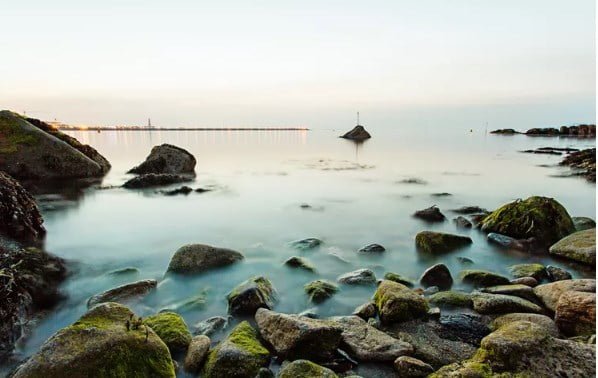Named the UNESCO City of Literature, the Irish capital has long been associated with poets, scribes, and the written word.
Over the centuries, Dublin has been home to authors and writers such as James Joyce and Oscar Wilde. In more recent times, the love affair with literature has continued with famous residents like Seamus Heaney—a Noble laureate. The small city has produced four Nobel laureates of literature in total, with William Butler Yeats, George Bernard Shaw, and Samuel Beckett receiving the prize before Heaney’s poetry captured the world’s heart.

Literary Museums in Dublin
Book lovers can start their literary pilgrimage in Ireland at the Dublin Writers Museum. One of the best museums in Dublin, the exhibits dedicated to the city’s most famous writers is set inside an 18th-century mansion on Parnell Square. The focus is on writers from the 18th century through the 1970s and there are quirky artifacts on display related to their work and lives, including Samuel Beckett’s phone.
For an even more in-depth education, head to the Museum of Irish Literature located on the south side of St. Stephen’s Green. The gem in the museum’s crown is the first copy of James Joyce’s “Ulysses” that was ever printed, thanks to the institution’s close relationship with the National Library of Ireland.
Literary Pubs in Dublin
While museums can offer a more formal way to learn about the literary history of Dublin, there are several unofficial landmarks that offer a glimpse into the writerly side of the city. The authors who have called Dublin home were often found in the capital’s pubs and cultural institutions and you will note many literary attractions are the places which they visited as part of their daily lives in the city.

To drink like an Irish author, find a seat at Neary’s, a favorite watering hole of Joyce, or stop into Toner’s, the only pub that W.B. Yeats ever visited. Several other pubs feature in Joyce’s work, the most famous being Davy Byrne’s on Duke Street – which still has the same name and location as it did when Leopold Bloom stops by in Ulysses to order a cheese sandwich. The pub has been remodeled since Bloom’s time, but you can still order a gorgonzola sandwich, preferably with a glass of burgundy and Italian olives.
Libraries in Dublin
Not every literary attraction in Dublin has been recorded in a book. Instead, some are full of books themselves. Bibliophiles should visit Trinity College’s incredibly beautiful Long Room to see the shelves of books and ladders reaching up towards the high ceilings. The college is also where you can find the famed “Book of Kells,” one of the most celebrated illuminated manuscripts on earth. For more bookworm goodness, the Chester Beatty Library has an extensive collection of rare manuscripts and literary artifacts. Finally, the Pearse Street Library is open to the public and researchers alike, who come to the stacks to find historic manuscripts and periodicals in their Dublin Collection.

Events
Dublin continues to inspire and attract writers from all backgrounds today. This translates into a vibrant literary community that hosts various events throughout the year.
June 16 is an unofficial literary holiday in Dublin known as Bloomsday. The day is named in honor of the main character in James Joyce’s famous opus “Ulysses.” The book follows Leopold Bloom through one single day: June 16, 1904. There are often special events at the literary attractions which are featured in the novel, or around the places that Joyce himself frequented in his daily Dublin life.
May brings the International Literature Festival as well as the Dublin Writers’ Festival. Another one of the best places to encounter contemporary authors is at the Dublin Book Festival. The annual event usually takes place in November and includes a full line up of writers discussing their work and their craft.

